From pv magazine Global
Large solar plants can act as rainmakers, according to a new modeling study. The report claims that utility-scale PV deployment in Saudi Arabia’s arid Red Sea coastal plain could dramatically increase rainfall.
There is growing interest in the idea of artificially increasing rainfall on the Arabian Peninsula, through techniques such as cloud seeding. There is a lot of water in the air in the region because the Red Sea loses 0.7 teratons of water each year through evaporation, which is equivalent to almost 8% of the mass of all the water vapor in the Earth’s atmosphere. On the Red Sea coast, sea breezes circulate this water over land, but it hardly ever falls as rain. Instead, it is transported south toward the equator and the central Indian Ocean.
Georgiy Stenchikov, an expert in climate and atmospheric modeling at King Abdullah University of Science and Technology (KAUST) in Saudi Arabia, is investigating how changing surface albedo – the reflectivity of the earth – in the region could affect water transport, and whether this could change rain patterns.
Stenchikov and his colleagues performed a series of numerical simulations on a regional research model and weather forecast. They focused on three scenarios: extensive forest plantation, albedo increase, and albedo decrease.
Their simulations showed that extended afforestation and increased surface albedo along the Arabian Red Sea coastal plain could reduce rainfall. The region’s sea breezes are driven by the horizontal thermal contrast between land and sea. The warmer land and the cooler sea create a pressure gradient that pushes moist sea air toward the land. Models show that afforestation and a more reflective surface cool the land, which dampens sea breezes and reduces the movement of water vapor from the sea to the land.
According to the researchers, solar panels are known to alter the energy balance of the surface by absorbing solar energy and heating up the surface. As a result, the deployment of large PV plants could change the reflectivity of the terrain enough to alter the circulation of air on the coast.
“We find that extended afforestation and increased surface albedo are not effective in triggering rainfall over the Red Sea coastal plains,” Stenchikov said. “Conversely, decreasing surface albedo to 0.2 assuming installation of solar panels over the coastal plains, increases surface air temperature by 1-2 K, strengthens horizontal surface temperature differences between sea and land, intensifies breezes, increases water vapor mixing ratio in the boundary layer above 3 km by about 0.5 gkg−1, enhances vertical mixing within the Planetary Boundary Layer, and generates 1.5 Gt of extra rainwater, equivalent to the annual consumption of 5 million people.”
The research team claimed that this form of regional geo-engineering of the earth’s surface, coupled with advanced methods of freshwater collection and underground storage, could offer a feasible solution to mitigate the existing water crisis in arid coastal regions.
The scientists presented their findings in “Sea Breeze Geoengineering to Increase Rainfall over the Arabian Red Sea Coastal Plains,” which was recently published in the Journal of Hydrometeorology by the American Meteorological Society.
This content is protected by copyright and may not be reused. If you want to cooperate with us and would like to reuse some of our content, please contact: editors@pv-magazine.com.
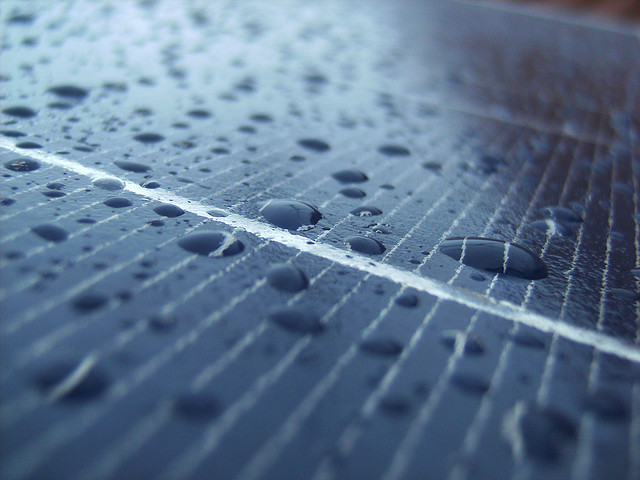
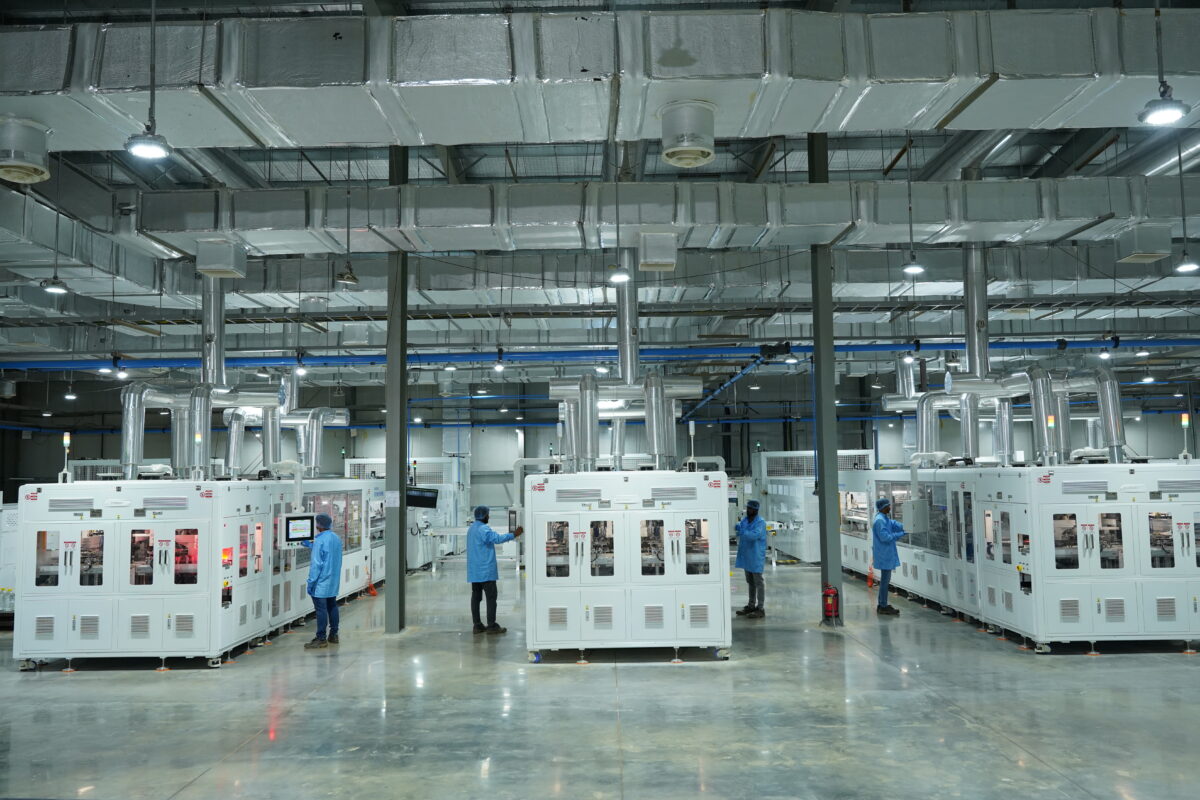


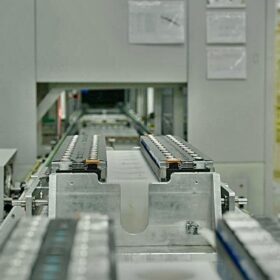
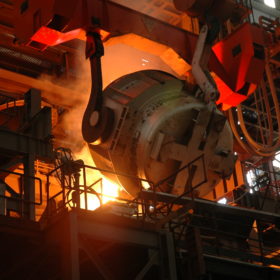
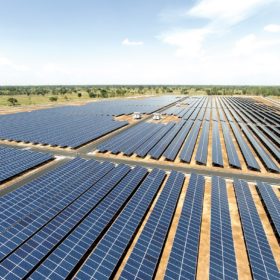
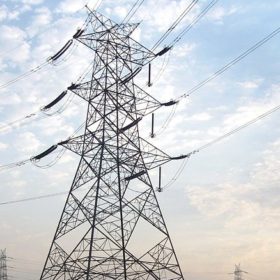
By submitting this form you agree to pv magazine using your data for the purposes of publishing your comment.
Your personal data will only be disclosed or otherwise transmitted to third parties for the purposes of spam filtering or if this is necessary for technical maintenance of the website. Any other transfer to third parties will not take place unless this is justified on the basis of applicable data protection regulations or if pv magazine is legally obliged to do so.
You may revoke this consent at any time with effect for the future, in which case your personal data will be deleted immediately. Otherwise, your data will be deleted if pv magazine has processed your request or the purpose of data storage is fulfilled.
Further information on data privacy can be found in our Data Protection Policy.